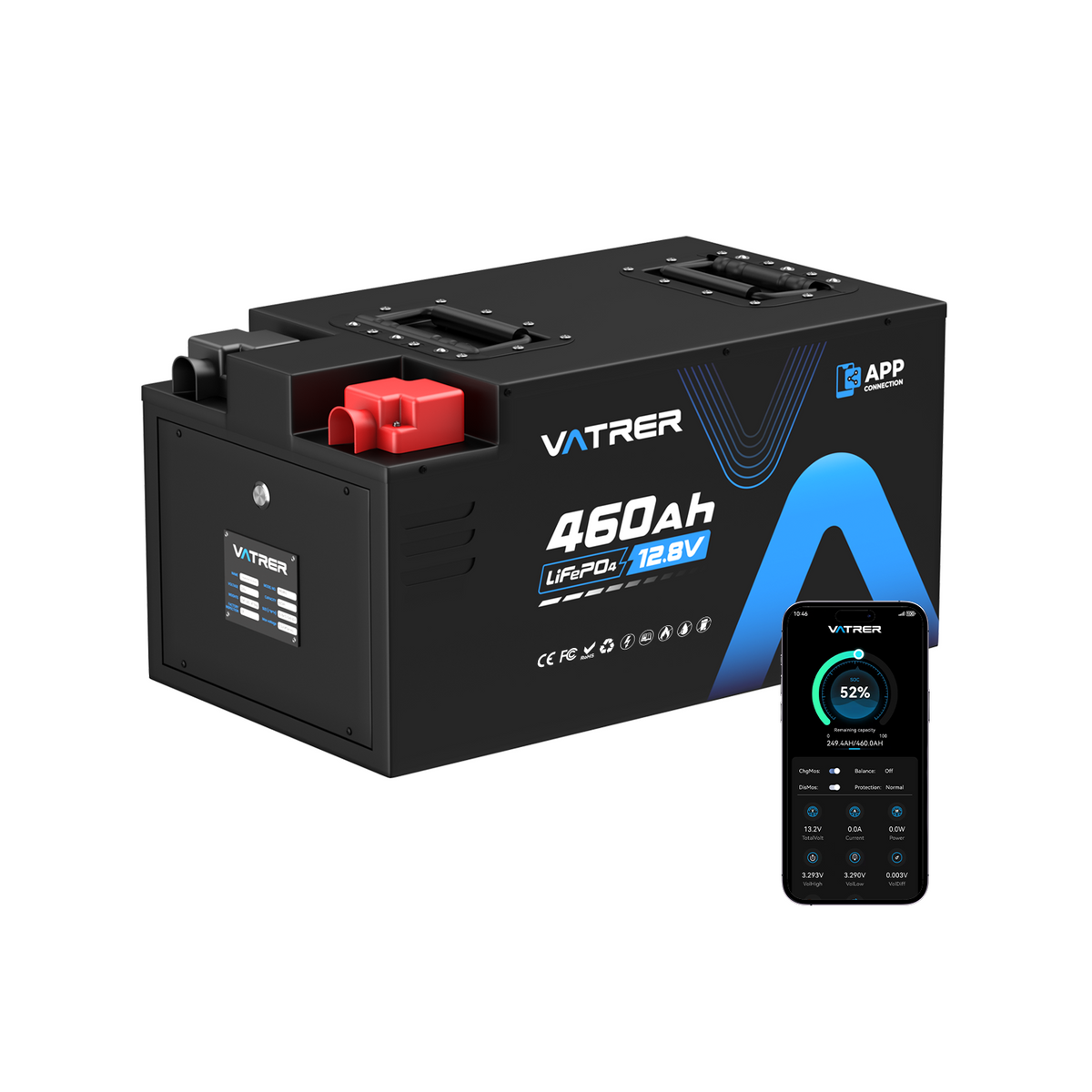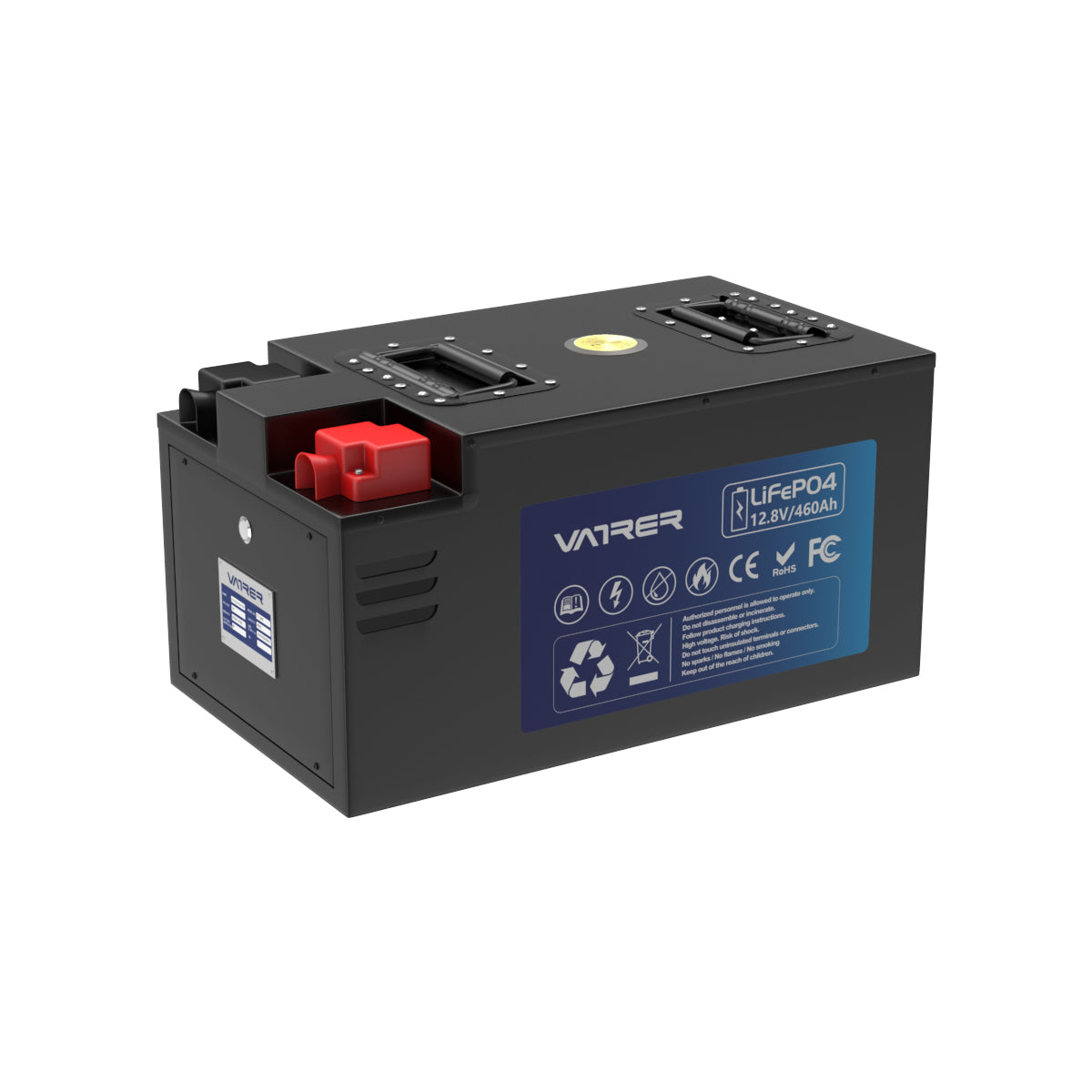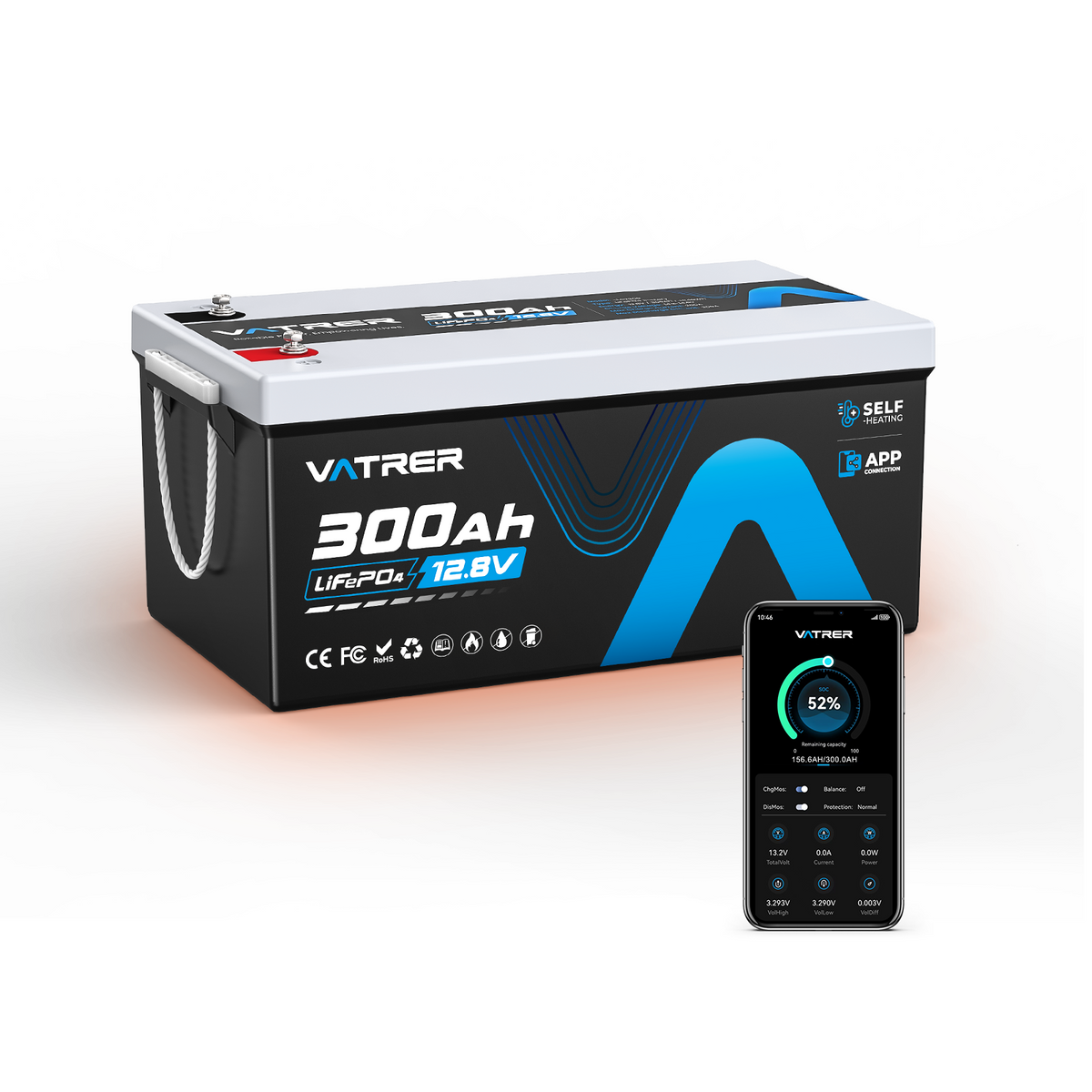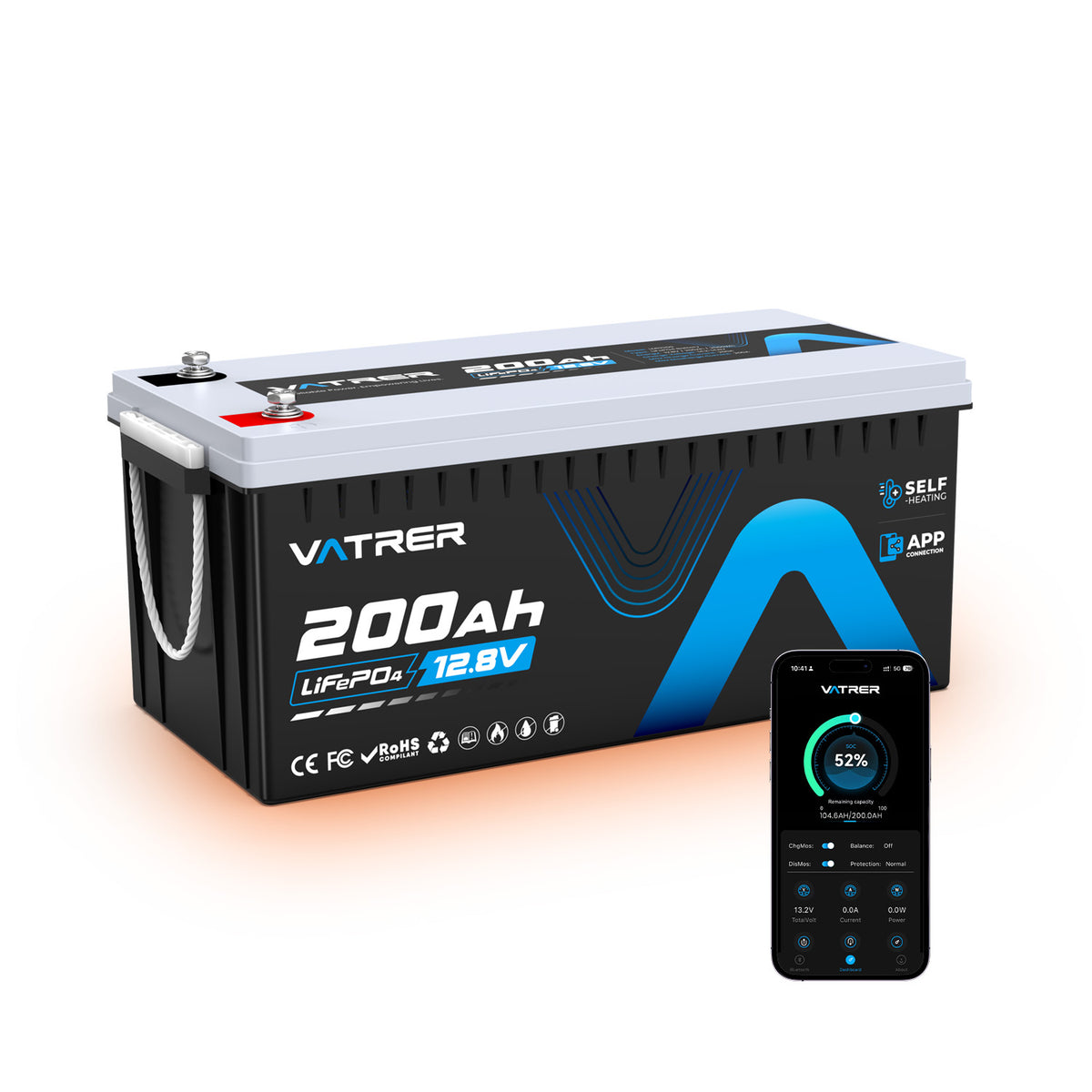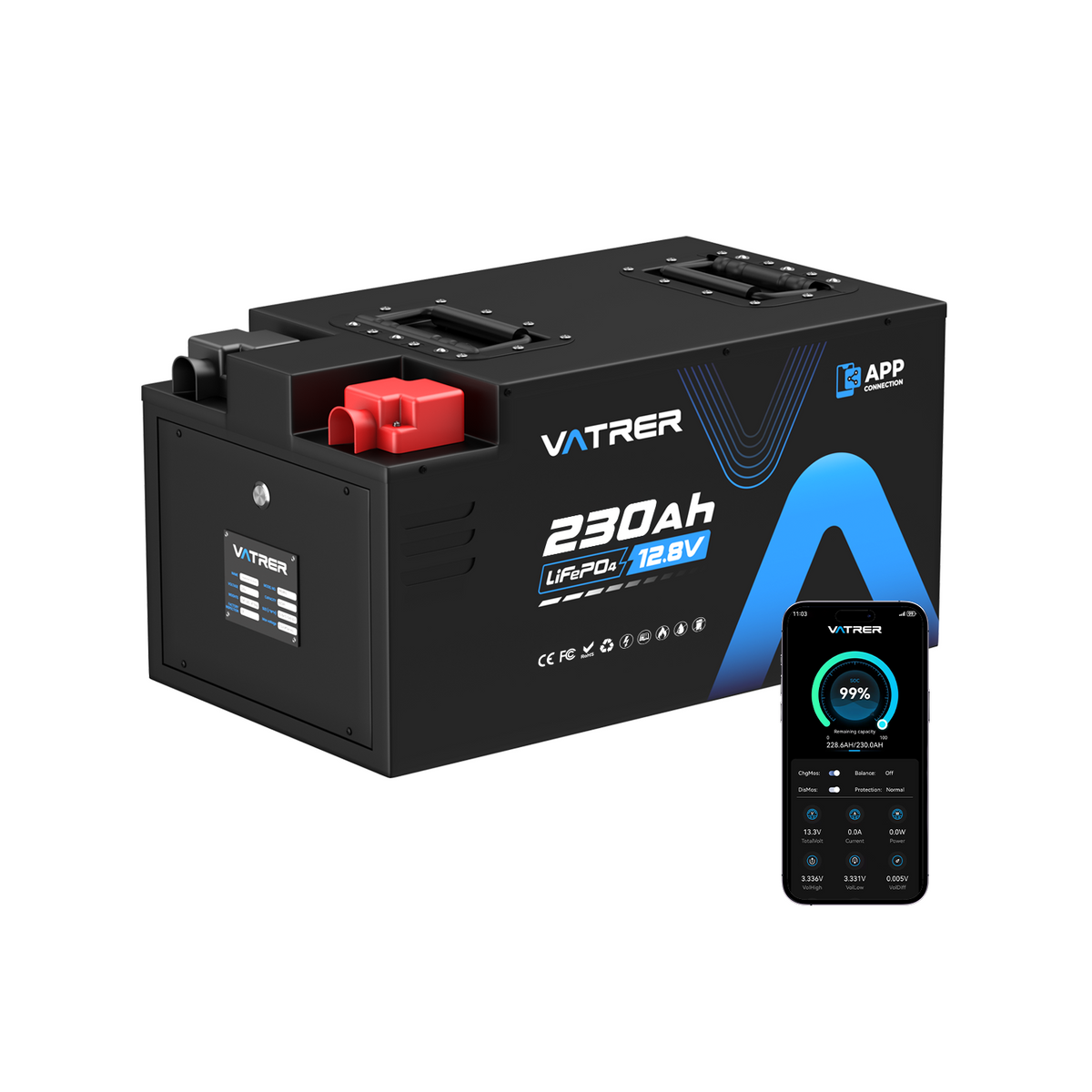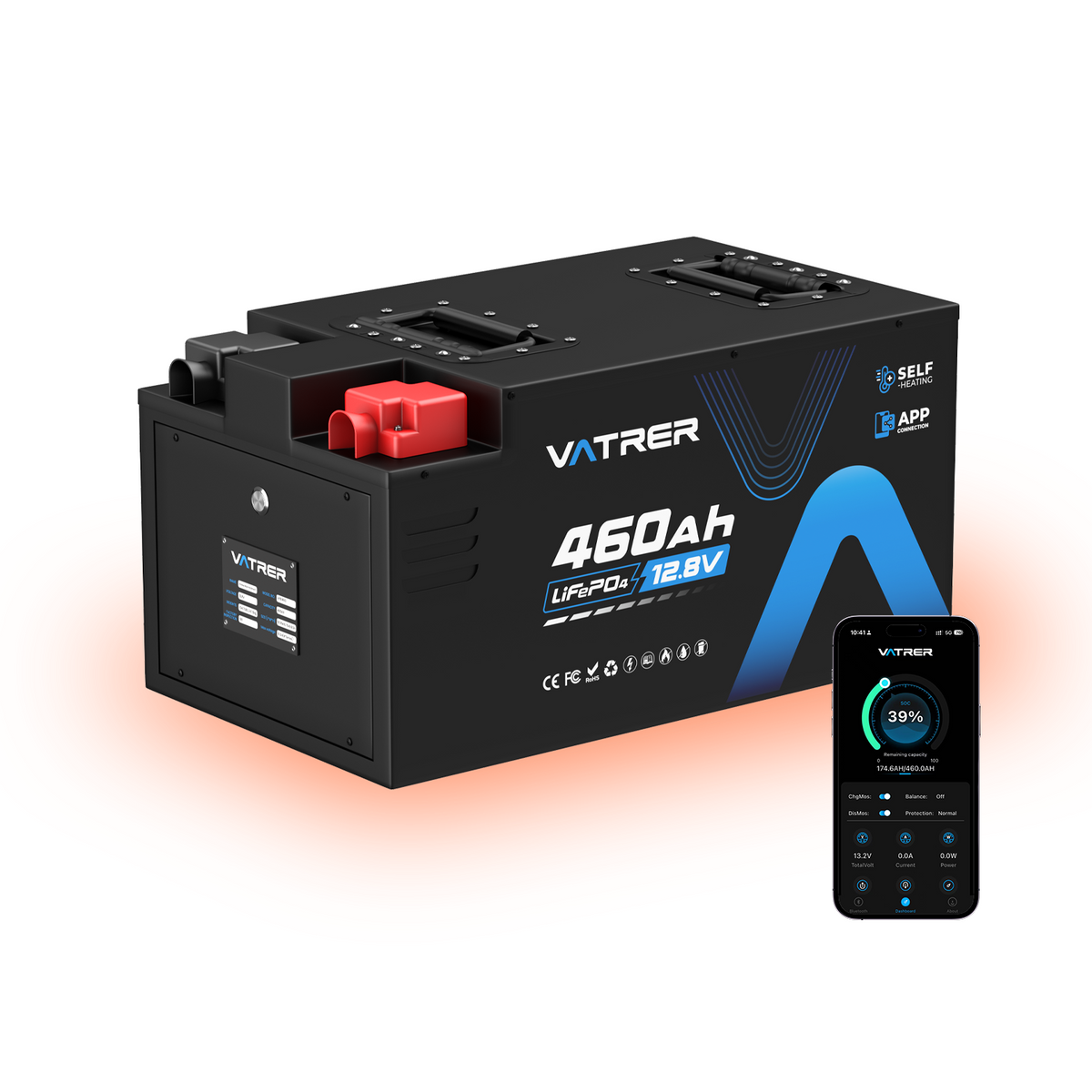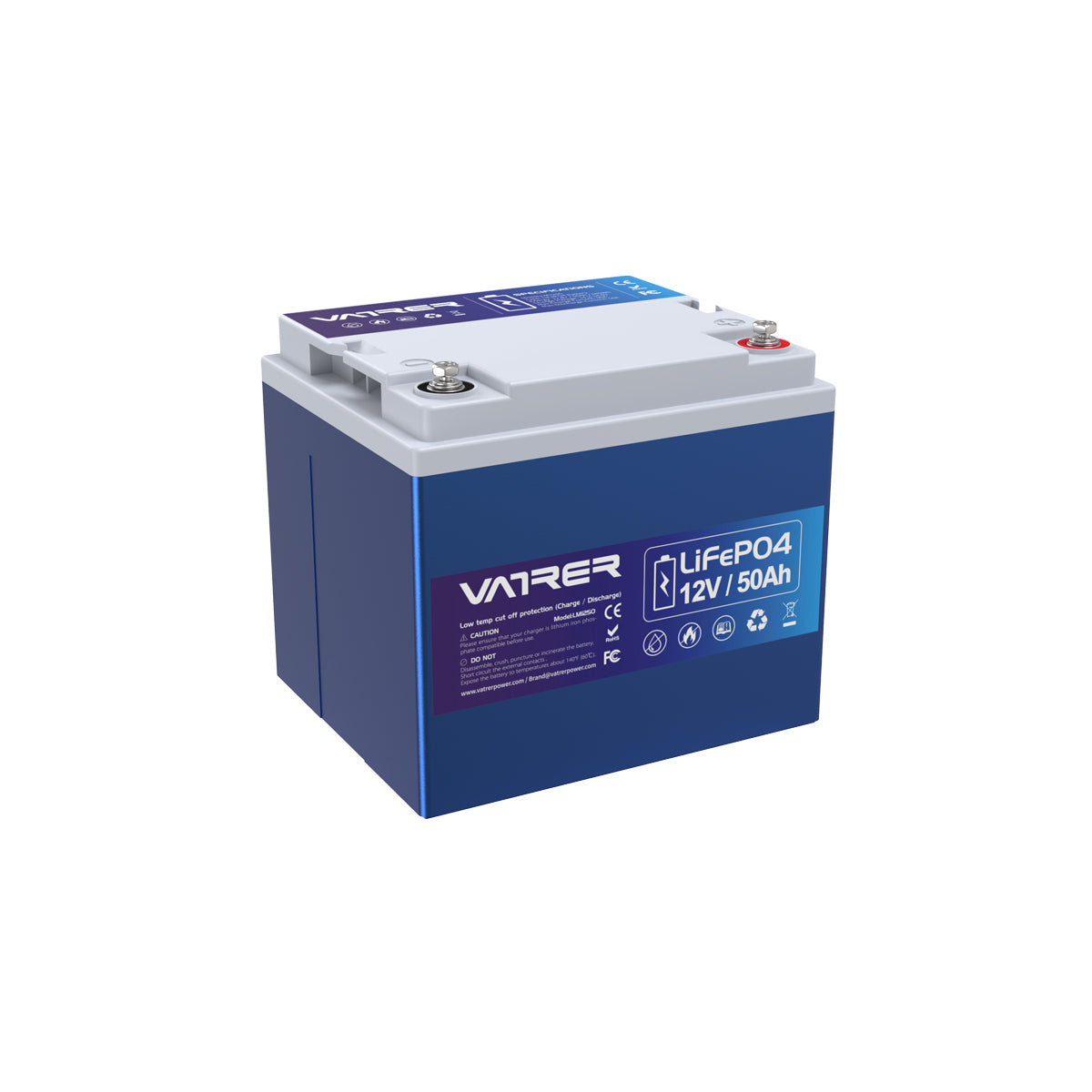Introduction
Electric golf carts have become a popular choice for personal and recreational transportation, prized for their eco-friendliness and ease of use. However, one common question among electric golf cart owners is whether they should leave their carts plugged in when not in use. This blog post explores the pros and cons of keeping your electric golf cart plugged in, providing insights into battery care, potential risks, and best practices for extending the lifespan of your golf cart’s battery.

Understanding Electric Golf Cart Batteries
Electric golf carts are typically powered by lead-acid or lithium-ion batteries. Proper maintenance of these batteries is crucial for ensuring optimal performance and longevity. Here are a few key points about each type of battery:
- Lead-Acid Batteries: These are the most common type of battery used in electric golf carts. They require regular maintenance, including watering and ensuring they are kept charged.
- Lithium-Ion Batteries: These batteries are becoming more popular due to their longer lifespan and lower maintenance requirements compared to lead-acid batteries.
The Case for Leaving Your Golf Cart Plugged In
There are several benefits to leaving your electric golf cart plugged in when it’s not in use:
-
Battery Condition Maintenance:
- Modern electric golf carts come with advanced chargers that are designed to prevent overcharging. These chargers automatically switch to a maintenance or trickle charge mode once the battery is fully charged, helping to keep the battery in good condition.
-
Readiness:
- By keeping your golf cart plugged in, you ensure that it’s always ready to use with a full charge, which is particularly convenient if you use your cart frequently.
-
Preventing Battery Discharge:
- Lead-acid batteries, in particular, can suffer from self-discharge if left unplugged for extended periods. Keeping the cart plugged in helps to prevent this and maintains the battery at its optimal charge level.
Potential Risks and Drawbacks
While there are benefits to keeping your golf cart plugged in, there are also some potential risks and drawbacks to consider:
-
Risk of Overcharging:
- Although most modern chargers have safeguards against overcharging, older models may not. Overcharging can lead to excessive heat, which can damage the battery and reduce its lifespan.
-
Electricity Consumption:
- Leaving your golf cart plugged in continuously can lead to unnecessary electricity consumption, which might not be cost-effective over time.
-
Charger Malfunction:
- There is always a risk that the charger could malfunction, leading to battery damage or even a fire hazard. It’s important to use chargers that are in good working condition and recommended by the manufacturer.
Best Practices for Battery Maintenance
To ensure the longevity and performance of your electric golf cart’s battery, consider the following best practices:
-
Use a Smart Charger:
- Invest in a high-quality smart charger that can automatically switch to maintenance mode when the battery is fully charged. This helps prevent overcharging and keeps the battery healthy.
-
Regular Inspections:
- Regularly inspect the battery and charger for any signs of damage or wear. Ensure that the battery terminals are clean and free of corrosion.
-
Proper Storage:
- If you plan to store your golf cart for an extended period, it’s best to charge the battery fully and then disconnect it. Check the battery’s charge level periodically and recharge as needed to prevent deep discharge.
-
Temperature Considerations:
- Avoid exposing your golf cart battery to extreme temperatures. Both excessive heat and cold can negatively impact battery performance and lifespan.
Conclusion
Whether or not to leave your electric golf cart plugged in when not in use depends on several factors, including the type of battery, the charger’s capabilities, and your usage habits. For most modern golf carts with advanced chargers, leaving the cart plugged in can be beneficial for maintaining battery health and ensuring the cart is always ready for use. However, it’s crucial to follow best practices for battery maintenance and stay vigilant about potential risks. By doing so, you can enjoy the convenience and longevity of your electric golf cart’s battery for years to come.











